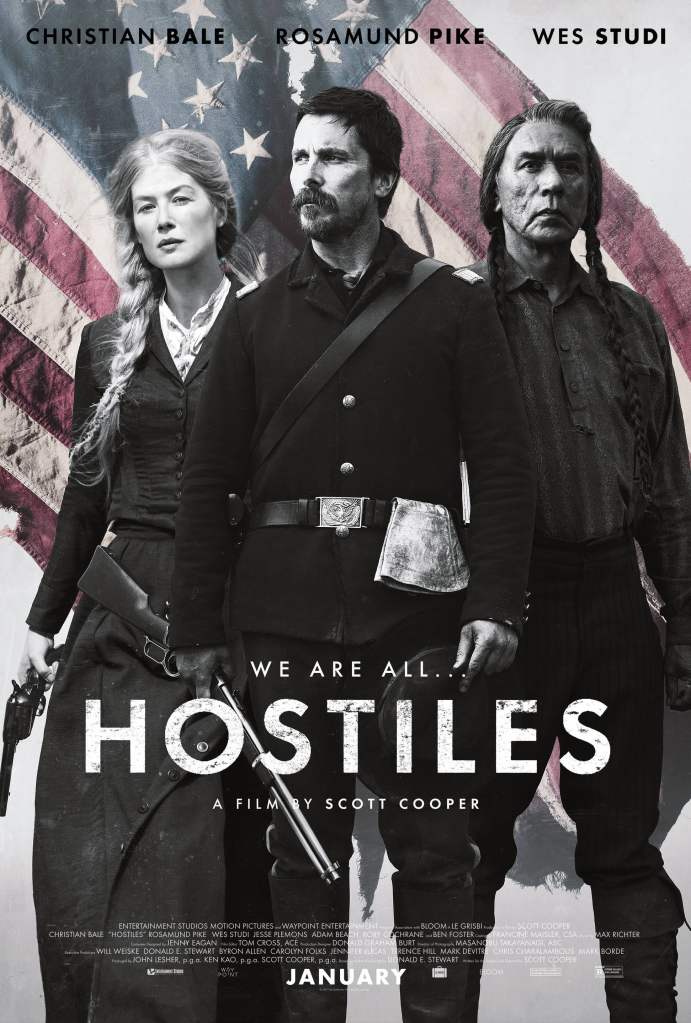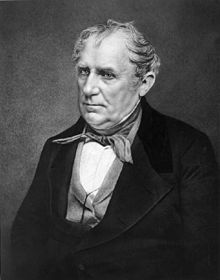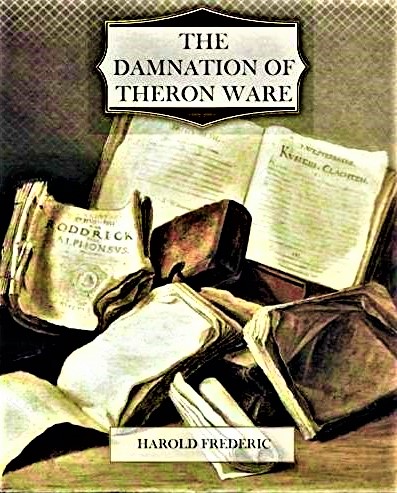After the Ice: A Global Human History, 20,000-5000 BC 
Written by: Steve Mithen
Published by: Harvard University Press
Copyright: © 2003
The Earth has experienced at least 6 major episodes of glaciation in the past. Three in the Pre-Cambrian, which is a time older than 0.542 billion years (Ga) and three in Phanerozoic, a time younger than 0.542 Ga. All appear to have had a profound effect on life on Earth; not so much the beginning of any particular ice age but what occurred when the glaciers melted. The first glaciation, Pongola, occurred from approximately 2.9 to 2.75 Ga. The end of this glacial period saw a build up of oxygen in the oceans until it reached critical levels and began charging the atmosphere. Around 2.45 Ga, oxygen levels reached levels sufficient to cause cooling of the Earth, by removing greenhouse gases, and thus starting the second glacial period, the Huronian from 2.4 to 2.1 Ga. Shortly before or after the glaciers melted, around 2.2 to 1.6 Ga, eukaryotes, cells with a nucleus, appeared. Eukaryotes are everywhere, you, your cat, your flowering plants that your cat eats, the spiders in the corner of your bedroom that your cat will not eat, everywhere. Next up is the Cryogenian, a glacial period in Earth’s history occurring from 0.720 to 0.635 Ga. Shortly after they melted, the ozone layer was created, a cloak desperately needed to protect life from the harmful rays of the sun. The Cambrian Explosion of life followed the ozone creation. Moving on to the next glacial, the Andean-Saharan, occurring from 0.450 to 0.420 Ga, predominately in the Silurian Period but also sucking up some of its predecessor’s, the Ordovician, time. This glaciation is followed by significant accumulation of life, plants and animals, moving beyond strictly marine habitats to occupy solid land and Amazon distribution centers. The Karoo Ice Age, from 0.360 to 0.260 Ga, is followed by the largest extinction event this planet has ever seen, occurring at the end of the Permian and the beginning of the Triassic. At this point glacial melting does not appear to be the causative event for the extinctions but may have provided a nudge. The final event, known as the Quaternary Glaciation, started 2.58 million years ago and is still active today. Currently we are within what is called an inter-glacial period. These inter-glacials are preceded and followed by glaciers marching towards and receding from lower latitudes. Note to self and you: these glacial periods last much, much, much longer than 2.58 million years. With the exception of Antarctica and Greenland, the current set of glaciers reached their maximum extent about 20-25,000 years ago and have slowly retreated, essentially disappearing by 9600 years ago. Around 25,000 years ago, human populations started to increase. By 9600 years ago his technological progress exploded.
Dr. Steven Mithen, the author of After the Ice, attempts to record our history from when the ice sheets began their retreat to the time the Sumerians first developed a system of writing 5000 years ago, a period partially covered by what we now call with the broad brushed term; pre-history. Dr. Mithen primarily uses an archeologist’s box of tools to decipher ancient Homo sapiens sapiens style of living, their diet, housing, religion, culture; their existence and growth as a species, all from a time when our ancestors were not consciously plastering their material world with sticky notes.
After the Ice is a global tour of archeological finds and their interpretations, from our hunter-gather roots in the Pleistocene to a more sedentary and cosmopolitan life as a farmer, artist, city-dweller; parsing one continent at a time. There is little in the way of original research in this book, more a compendium of secondary source material, known sites, and the results obtained from them. Exactly what I was looking for when I picked up this book to read.
The author covers most of the major sites and imparts to us what all the shell debris, bone carvings, and flint scrapings mean. He does this beautifully and when confronted with differing possible interpretations, he carefully constructs a point-counterpoint argument to help resolve the issues. His discussion and synopsis of the initially controversial, Monte Verde site in Chile, which ultimately pushed humanity’s origins in the Americas back about 2500 years, from Clovis times to 14,500 years ago, was expertly relayed to the reader, leaving little room for alternate meanings: a real education one may add.
This book and author excel when relating the artifacts found and their possible meanings and its thoroughly fascinating stuff, but he manages to turn the affair into an awful, muddled mess of narrative excess by introducing a time-traveling archaeologist, John Lubbock, to add color to the play-by-play. John Lubbock, who actually was an eminent archeologist in the late 1800s, observes humans at various times and places in our pre-history, providing second person comments on the existing state of humanity and the world. It’s all a bit much and very distracting, annoying even. An all too common example; meaning to give an example, I just opened the book, put my finger down and copied whatever was there:
Lubbock left the cave at Lukenya Hill with a hunting party late one afternoon. As they walked, spider’s webs within the grass were illuminated by the setting sun, momentarily exposed in a narrow band between clouds and distant mountains.
Keep in mind this happened 1000s of years before writing was invented so this is little more than pure unadulterated fiction. To add authenticity and license to his fiction he occasionally appends a footnote. And it’s liberally interspersed throughout the book amounting to equal parts Lubbock fantasy to Mithen facts. Take out Lubbock and the book goes from a blathering 600 pages of confusion to 300 pages of something that may be worth reading. Mithen just can’t seem to make up his mind, does he want to write a factual history or historical fiction. Actually he did make up his mind, he decided to do both.
I initially tried to skim Lubbock’s narrative and just stick with Mithen’s discussion but the author so intertwines them both that bypassing one makes nonsense of the other. This could have, should have been a great book dealing with the world’s archeological quest to unravel our past. There are moments in the book where Mithen brings his and his colleagues’ science to life but in the end it just too dang hard to enjoy the meat when he coats the entire thing in Lubbock’s wispy, sticky cotton candy.
I am once again on the lookout for a decent account of humanity’s pre-history.





